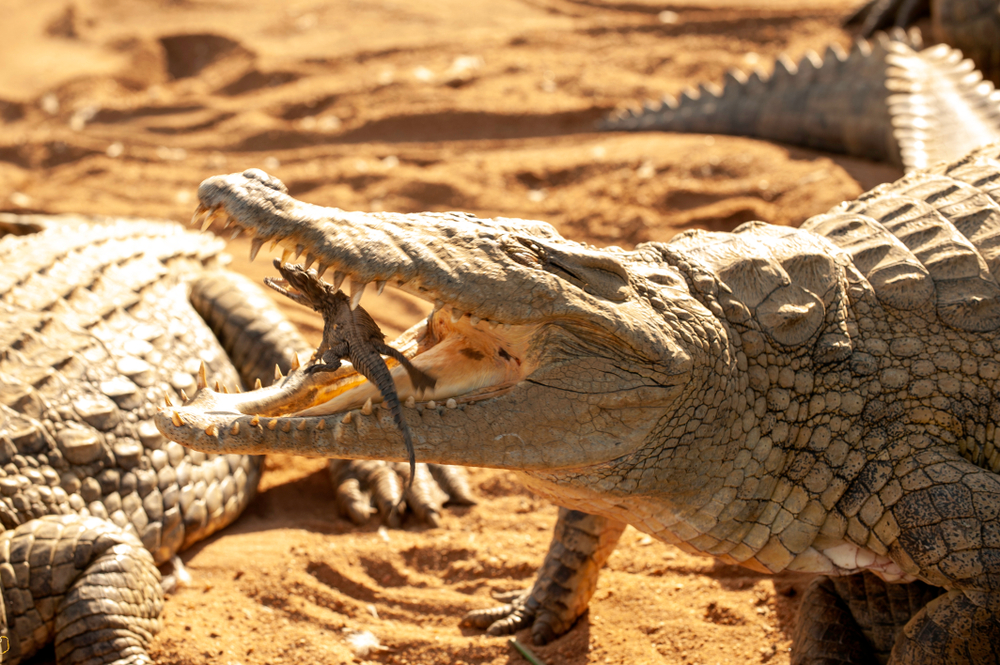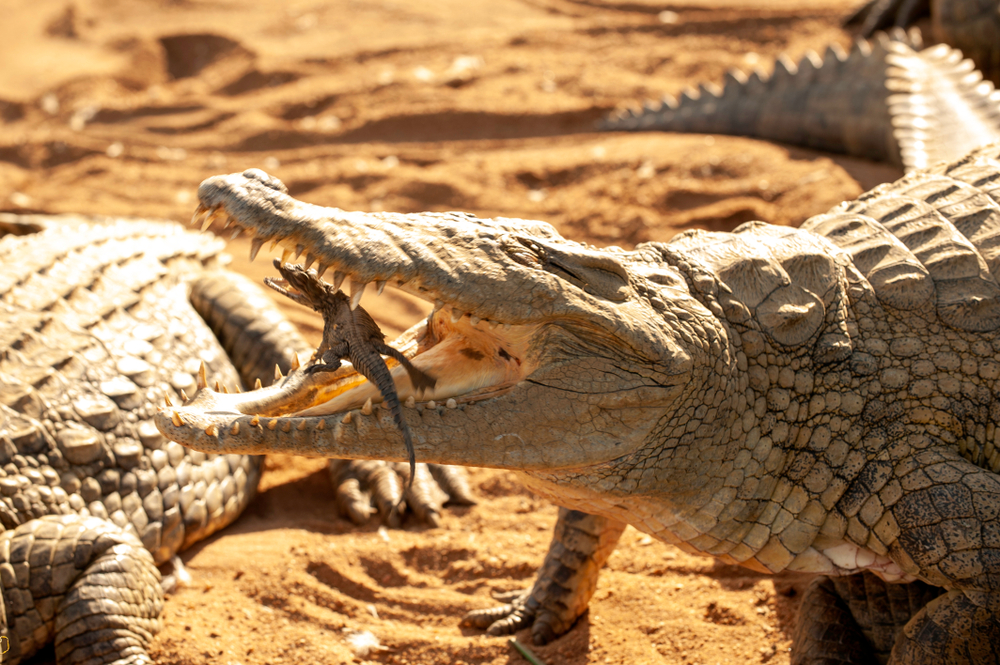
This article was originally published on October 22, 2021.
Crocodile Mothers: Exceptional Maternal Instincts
Crocodile Mothers are stealthy hunters. When prey approaches, they stay submerged until the last moment, then launch their huge, muscular bodies out of the water with amazing speed to grab their prey. At this point, they use their sharp teeth to bite with tremendous force – ranging from 20,000 to 350,000 pounds per square inch. No wonder crocodiles haunt people’s nightmares.
But there is a surprisingly warm side to these cold-blooded animals. They can be, According to The American Museum of Natural History, “loving parents.”
Caring crocodiles: How do crocodiles care for their young?
Mother crocodiles usually dig a hole, lay eggs and cover the nest. But unlike snakes and turtles, the mother crocodile hangs around to keep an eye on things. Any animal that came with a taste of her eggs would likely end up being dinner itself – or at least be chased away by a ferocious, angry female crocodile.
When the young are ready to hatch, they start chirping. The mother hears this and comes over to open the nest and help the young out of the eggs. “This is a group of species that have the most powerful bite in the animal world, and yet they can take an egg and roll it in their mouth gently enough to break it so the hatchling can come out and swim away.” , says Frank Mazzotti, a wildlife ecologist at the University of Florida. In many cases, the mother crocodile gently picks up the babies in her mouth and carries them to the water’s edge. Evidence that crocodiles surprisingly have maternal instincts.
Read more: Is maternal instinct backed by science?
In some species and under suitable conditions, the mother stays even longer. The degree to which female crocodiles care for their young after hatching depends, at least in part, on where they set up the nest, Mazzotti says. If the babies hatch in an area that is ideal for them to find food and develop, then the mother is likely to stick around for a few months and continue to protect them. If they have to go further to find a more suitable breeding ground, she encourages the cubs to disperse to find better opportunities.
Meanwhile, most male crocodiles are not involved in caring for the young. However, Mazzotti says that the fathers of the Gharial species of crocodiles found in India usually spend a lot of time caring for their offspring.
Not so reptilian x crocodile parenting
Most people find the behavior of crocodile parents quite shocking – and not just because we tend to think of crocodiles as vicious killers rather than doting parents. Turtles and snakes usually lay their eggs, then slip away, leaving the young to fend for themselves with hatching, finding food, and learning to survive. It is natural to expect that crocodiles will do the same. But as it turns out, crocodiles aren’t quite as reptilian as you might think.
We usually think of crocodiles as reptiles, but crocodiles’ closest relatives are birds and dinosaurs. Technically, vertebrates include all mammals in one category, while reptiles such as turtles, snakes, and lizards fall into another. Another group of vertebrates includes crocodiles, birds and dinosaurs, explains George Amato, director emeritus of conservation genomics at the American Museum of Natural History. “A lot of attention has been paid to the fact that birds are essentially a lineage of dinosaurs that survived the extinction,” he says. “But many people don’t know that crocodiles are actually the closest living animals to the group of birds and dinosaurs.”
In this context, their parenting habits make sense. “We all know that birds show extraordinary parental care. Now we’re seeing crocodiles do it too,” Amato says. “This is one of the reasons why scientists suggest that dinosaurs also showed parental care. This seems to be a characteristic of this whole group.
Once faced with a particularly uncertain future, the American crocodile was removed from the Endangered Species List in 2007 and reclassified as threatened. “The Endangered Species Act works,” Mazzotti says.
But we still need to work to protect these water-loving animals. The recovery of crocodile populations is happening just as the human population is growing significantly and we are increasingly expanding into the territories of many animals. “The next conservation problem we’re going to have to solve is teaching people how to live with crocodiles,” Mazzotti says. “People don’t understand what a proper relationship with predators is and they fear them, excessively the threat.”
Maybe learning to live with crocodiles might be easier now that we know they have a soft side.

